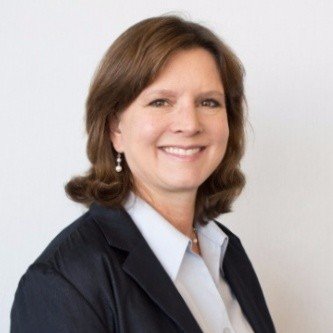Did OxyContin’s Sackler Family Hide Billions Before Filing for Bankruptcy?

For years large amounts of money were transferred out of Purdue Pharma to mysterious offshore accounts – was the company and the Sackler family hiding their money, knowing their day in court would come?
Purdue Pharma, manufacturer of OxyContin, the opioid at the center of the nation’s addiction epidemic, has filed for bankruptcy. Yet some say that the billionaire family behind the company has been preparing for this moment for over a decade.
The company filed Chapter 11 bankruptcy on Sunday. By Tuesday, a judge had ruled that the Connecticut-based company could stay in business while it works through the settlement of over 2,500 filed lawsuits. Purdue lawyers pushed hard for the company to stay in business by making it a key provision of the company’s settlement offer – one that could be worth over $12 billion when all is said and done. For now, the company will continue business as usual, which includes paying their employees and supplying pills to distributors. All in a day’s work.
Even though Purdue Pharma sold a minuscule amount of opioid prescriptions relative to the expansive opioid market, the company, and the founding Sackler family, have both been closely tied with the opioid epidemic.
Purdue was an Opioid Pioneer
Why? Because Purdue played a pioneer role. Opioids were certainly prescribed before OxyContin, but Purdue made it widespread. The company literally pushed physicians into prescribing the dangerous pills through aggressive and often misleading sales tactics.
The three Sackler brothers were born to Polish and Ukranian immigrant parents. They bought the company in 1952, and in the next 50 years, they had turned it into a very profitable business selling oxycodone (brand OxyContin), marketed as a safer time-release form of the drug. Yet many patients learned how to crush and grind the medication, thus bypassing its time-release properties, and today, the drug is blamed for massive drug abuse, addiction and fatal overdoses. In the last 20 years, over 200,000 people have died of prescription opioid overdoses.
In all, 26 states are suing Purdue Pharma. The company has already settled with Kentucky and Oklahoma, leaving 24 states negotiating the settlement. The crux of the settlement agreement centers around whether the Sacklers should kick in any of their family’s personal fortunes. Purdue Pharma has certainly proposed company settlement amounts, which many states have rejected because they don’t include any of the family’s billionaire fortune.
Some states took an even bigger stand, accusing the family of stripping out billions of dollars from the company over the last ten years, as an insurance policy to protect their billionaire cash from just this instance – a massive opioid court judgment.
New York and Massachusetts’ Alarming Allegations
New York’s attorney general took the accusation even further last Friday, filing court papers stating that the Sackler family transferred at least $1 billion from the company to themselves, using Swiss bank accounts, shell companies and money transfers to friends and former Purdue board members.
Over the last few years, have the Sacklers secretly been shielding their immense wealth because they were increasingly worried about the legal ramifications of OxyContin? With a $20 million redirected amount, and another $64 million transfer to name just two instances, New York State is convinced of it.
It began over a decade ago, when three top executives pleaded guilty in federal court to misleading FDA regulators, physicians and patients about OxyContin’s highly addictive nature. In 2007, Purdue paid out over $600 million in fines, but the company continued its aggressive marketing campaign for OxyContin.
In 2008, large chunks of money were transferred out of the company, and that practice continued until 2018, with around $11 billion in total transfers to all kinds of offshore accounts and other outlets.
Massachusetts has filed a similar lawsuit to New York, alleging the Sackler family transferred over $4 billion to themselves after 2008. The state cites a memo from one of Purdue’s board of directors, telling the family that if the 2007 lawsuit did not go well, “the most certain way for the owners to diversify their risk is to distribute more free cash flow to themselves.” Massachusetts and New York allege that is exactly what the Sackler family did.
How Much Will They Pay?
The Sacklers have already agreed to pay $3 billion of their personal wealth toward the settlement. That payment would occur over a seven-year period, and the family would also sell pharmaceutical companies outside of the United States, like Mundipharma, to kick in another $1.5 billion. However, the Sackler fortune was estimated at $13 billion in 2016, and many states say a mere $3 billion kick-in is simply not enough.
Experts say it could still take over a year for both the bankruptcy as well as the final settlement to be completed. Incredibly, the settlement as it stands now does not include any admission of wrongdoing on the part of either Purdue or the Sackler family. It would also allow Purdue to be placed into a trust and the company would continue to produce OxyContin and drugs to remedy OxyContin overdose. Both would be distributed at no cost to anyone in need across the country.
Purdue Pharma and the Sacklers are not the only ones who need to worry. There are several pending lawsuits against other drug manufacturers, including generic oxycodone manufacturers, distributors and even retail pharmacy chains.







